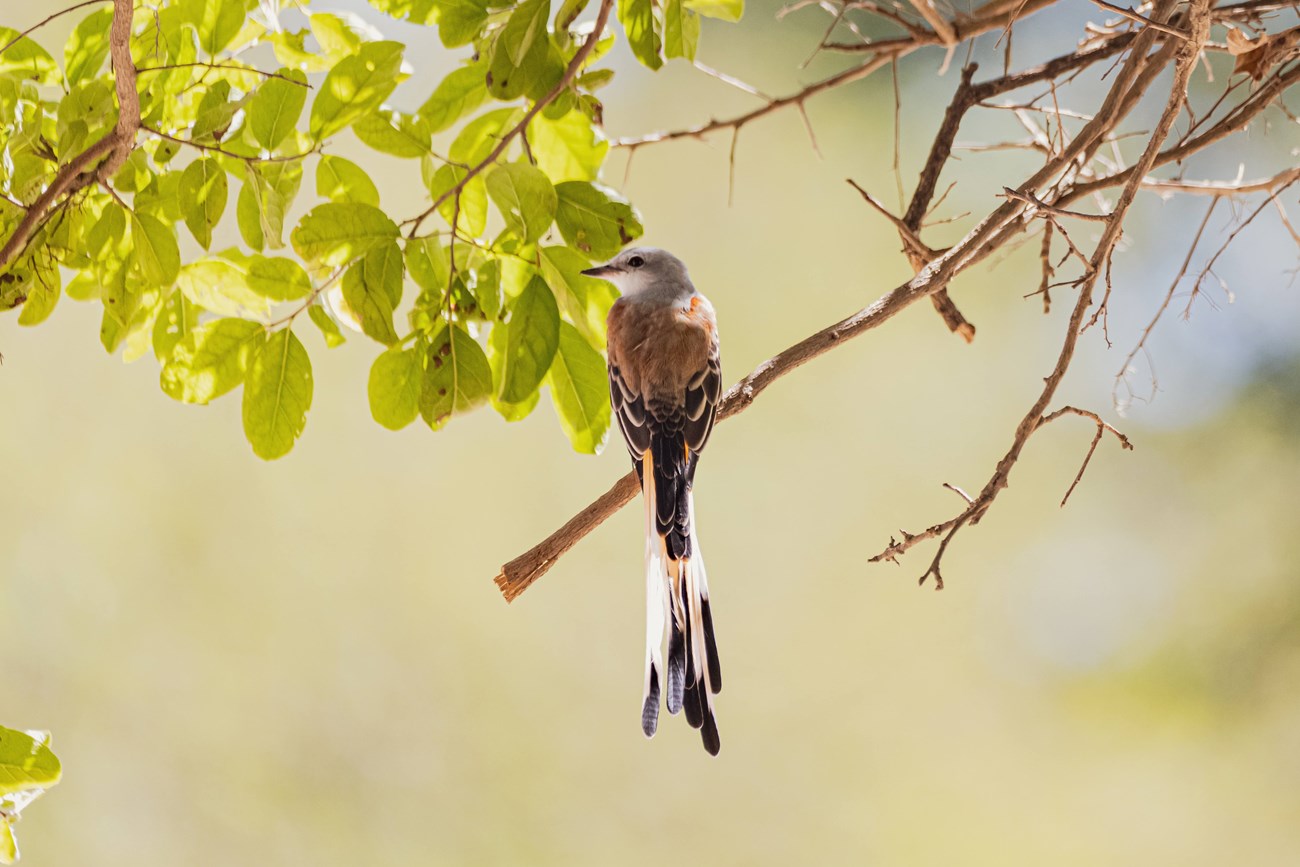
NPS Photo/ Andrew Shirey 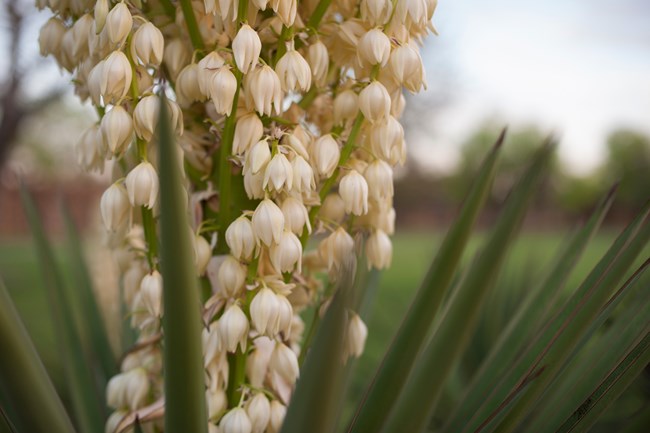
San Antonio Missions National Historical Park was established to preserve and interpret the chain of Spanish missions that were built along the San Antonio River in the 18th century. This river contains a vital natural resource element - water. The existence of water dictated where a mission was established. Water from the river was diverted into eighteenth century acequias (irrigation ditches, still in operation) to serve the mission communities.
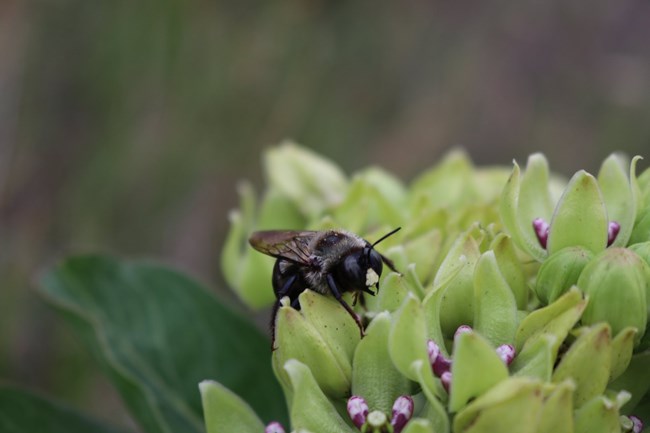
NPS Photo. Now, as then, water plays an important role in the park and community. It flows in the acequias and is used in a historic grist mill at Mission San José to grind grain and to water croplands at the San Juan Demonstration Farm. It is also vital to park natural resources. The park is partnering with local agencies that manage water in the San Antonio River in an effort to improve water quality. 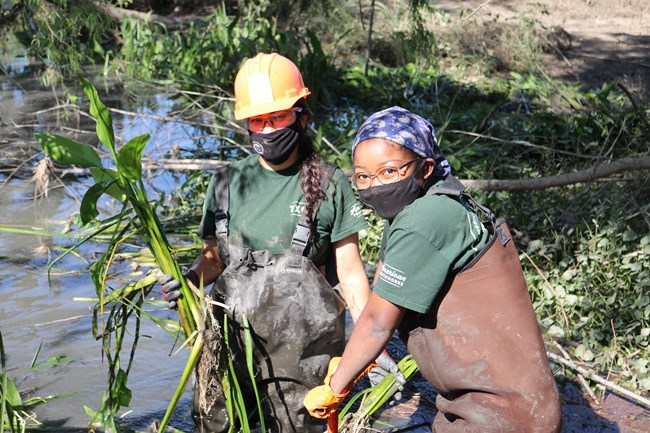
NPS Photo. The park is very active in managing and protecting these natural resources. Current projects include:
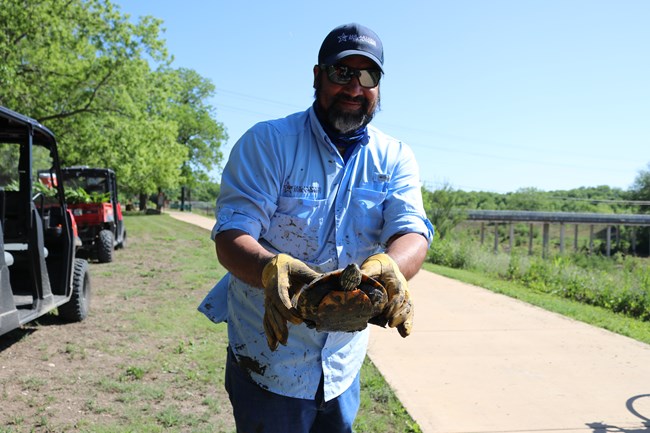
Learn more about nature at San Antonio Missions National Historical Park |
Last updated: September 22, 2023
